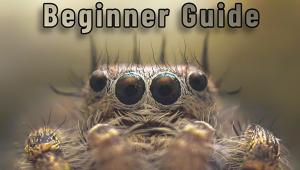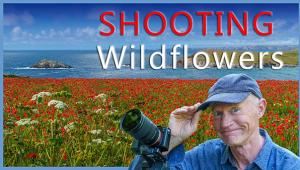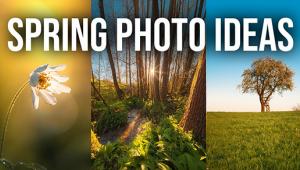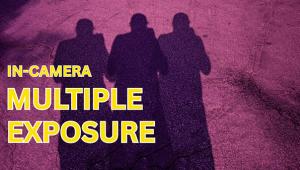5 Pro Do's & Don'ts for Better Landscape, Wildlife & Nature Photos (VIDEO)

If you're disheartened by inconsistent photographs that don't meet expectations you're not alone. In fact, one of our favorite educators says many of his workshop students encounter similar common problems that are easy to fix.
Instructor William Patino is an accomplished landscape photographer who regularly shares the secrets to his success. In this 10-minute episode he provides five simple tips that he says will "help you improve your photography, break through the plateau, and start experiencing the joy of creativity." And we all want to do that, right?
Patino's straightforward advice comes from the perspective of a landscape photographer, but the techniques he describes will work wonders for just about any images you shoot outdoors. His first encourages you to "lead from dark to light." As he explains, "darkness plays a huge role in leading the eye to light."

An effective way to explore this method is to make sure that the main light source in a scene is near your primary subject, while trying to compose the image in a way that the surrounding areas, particularly the outer edges, fall in shadow or at least exhibit a darker tone. Doing this not only accentuates the key subject of the shot, but also adds dimension and depth.
Tip number three involves what Patino calls "layering up." Here he means finding a composition that exhibits a variety of layers from near to far. Instead of filling the frame with one interesting object, Smith recommends pulling back a bit so that the image includes interesting elements throughout the photo. By doing this your image will exhibit far more depth.
Another way to assure optimum results is to create impact by using the right lens. A common pitfall is becoming addicted to using a wide-angle lens for every landscape photo you shoot. The problem with this approach is that "all your photos look the same"— with an over-emphasized foreground that leads to a background that looks small and far away. His point is that experimenting with longer focal lengths often delivers much more compelling images.

The lesson concludes with a discussion of "tonal range," and Patino uses a 150-year-old landscape painting from master Albert Bierstadt to illustrate the concept. Patino draws your attention to the sense of dimension in this painting and explains how you can do much the same with your camera to create photos that almost appear three-dimensional.
There's a variety on interesting lessons like this on Patino's instructional YouTube channel, so make sure to pay a visit.
We also encourage you to watch the earlier tutorial we posted from anther pro, explaining why the unfamiliar Rule of Odds can deliver better photographs than the conventional Rule of Thirds.














































